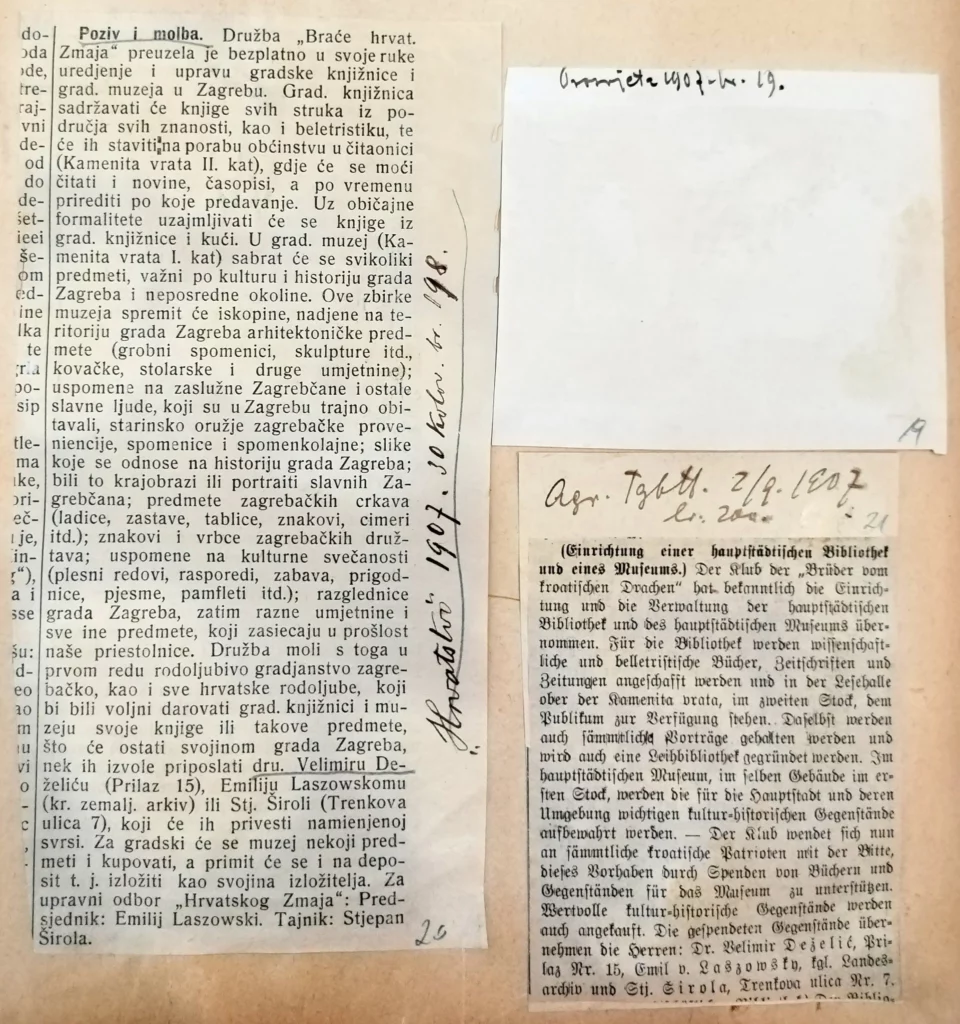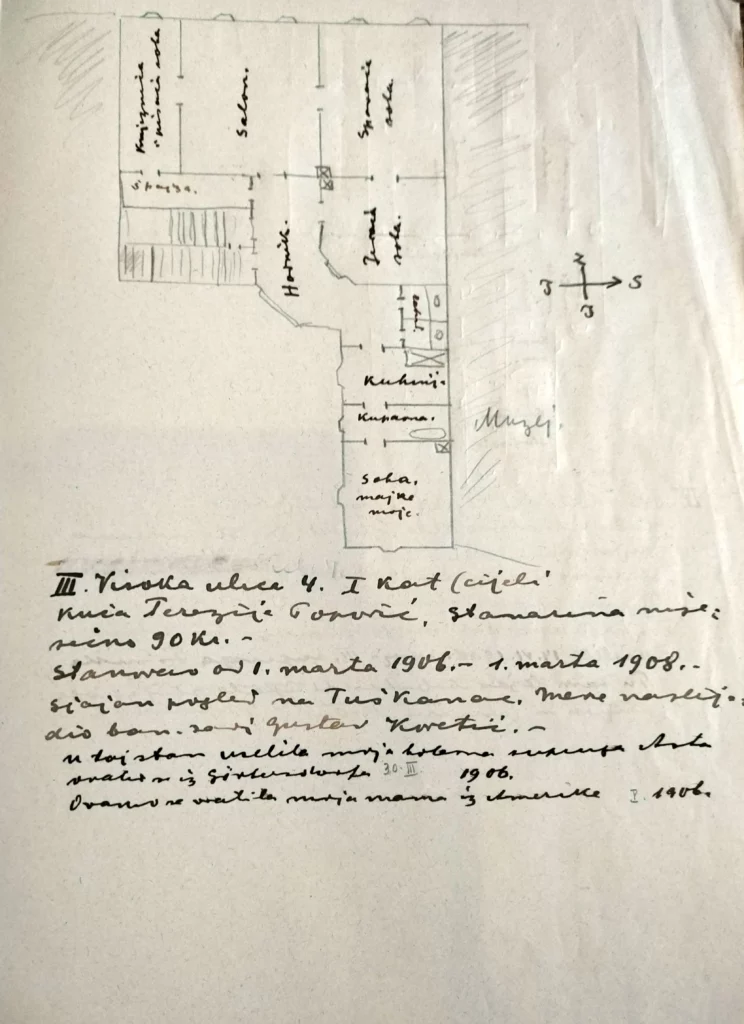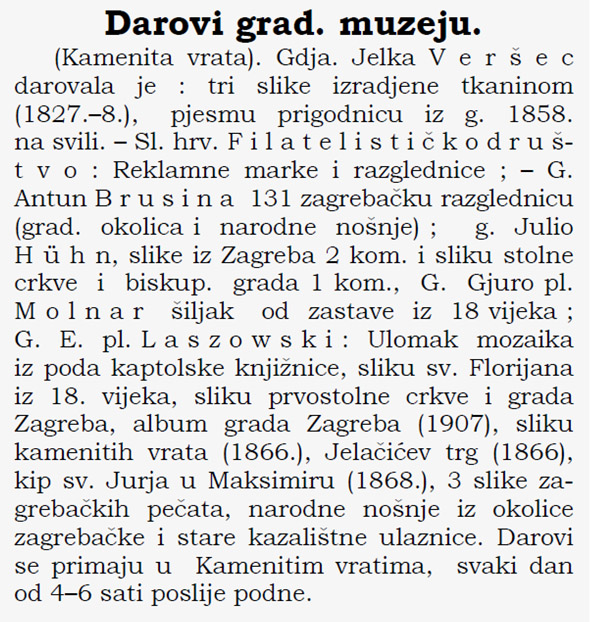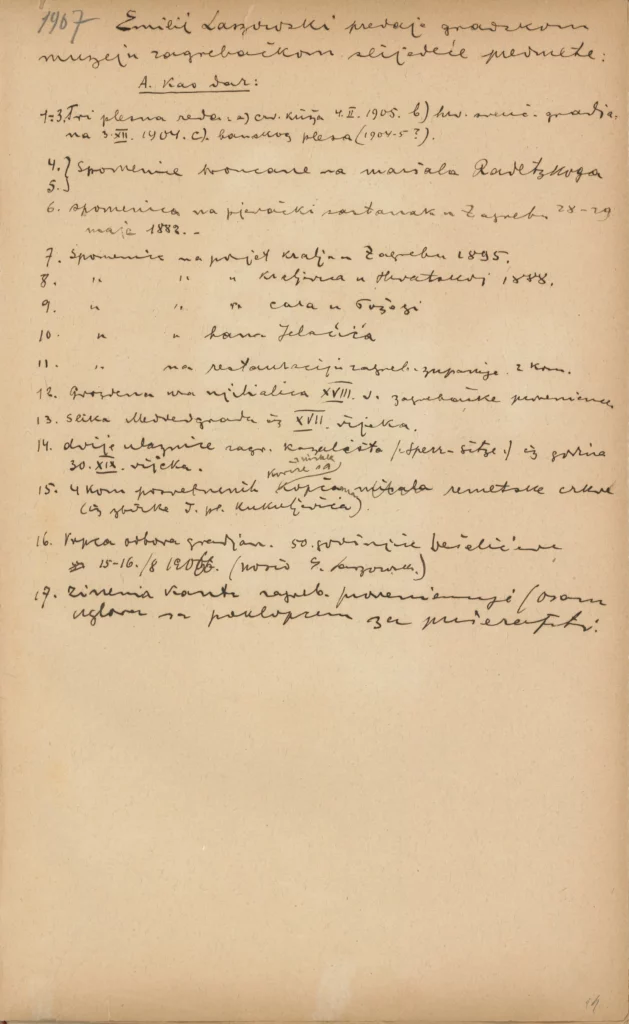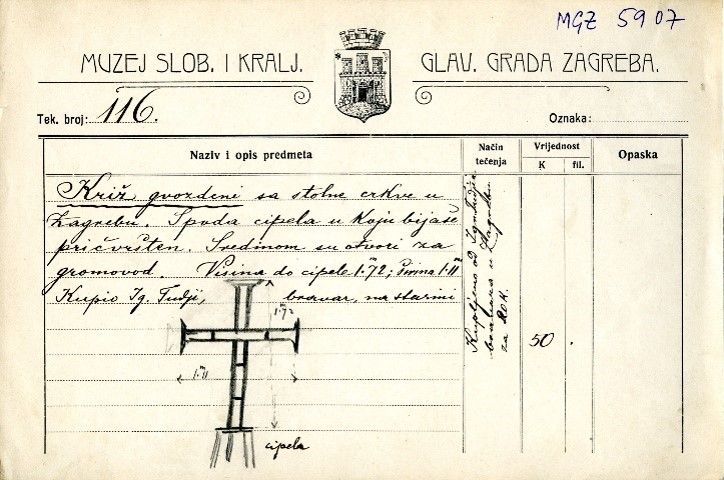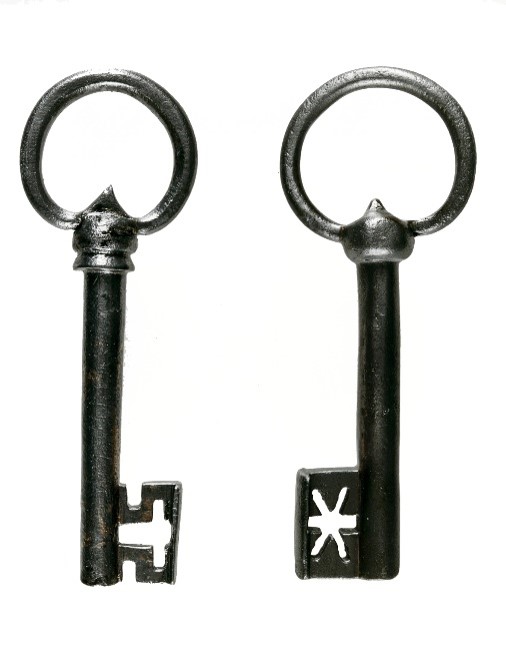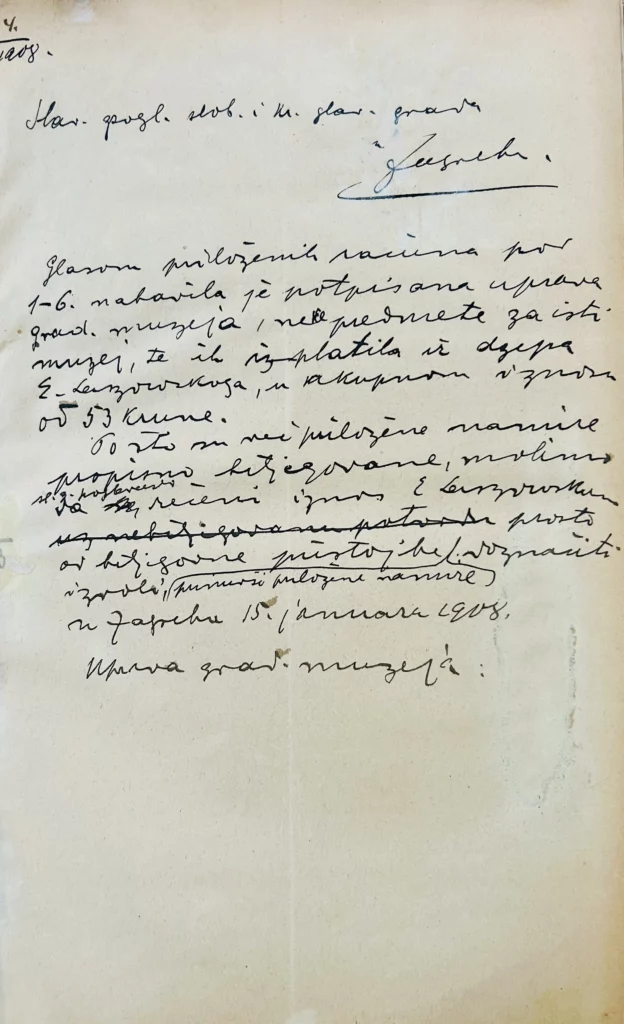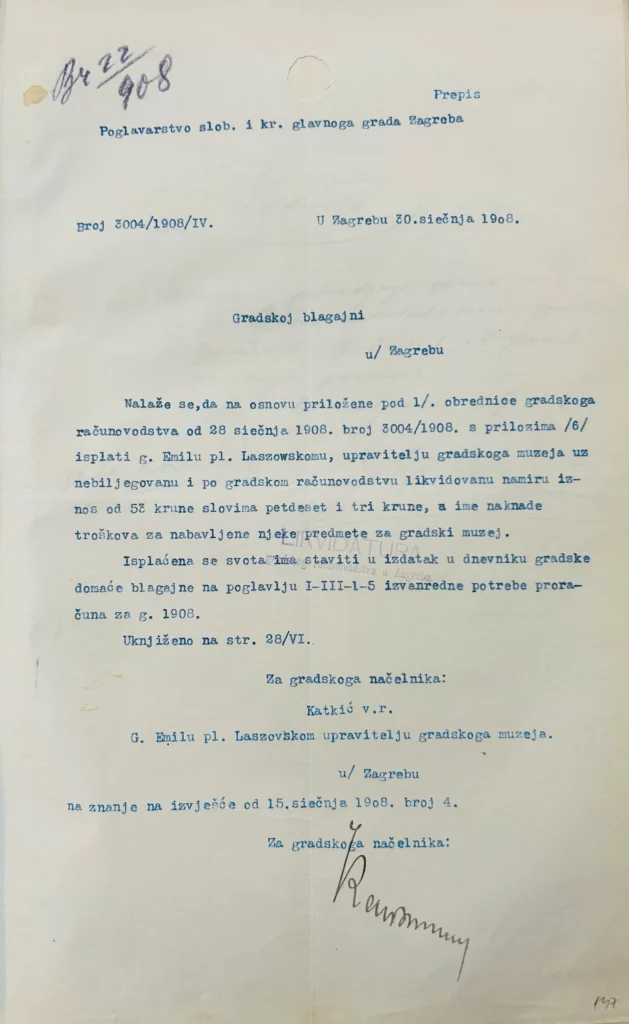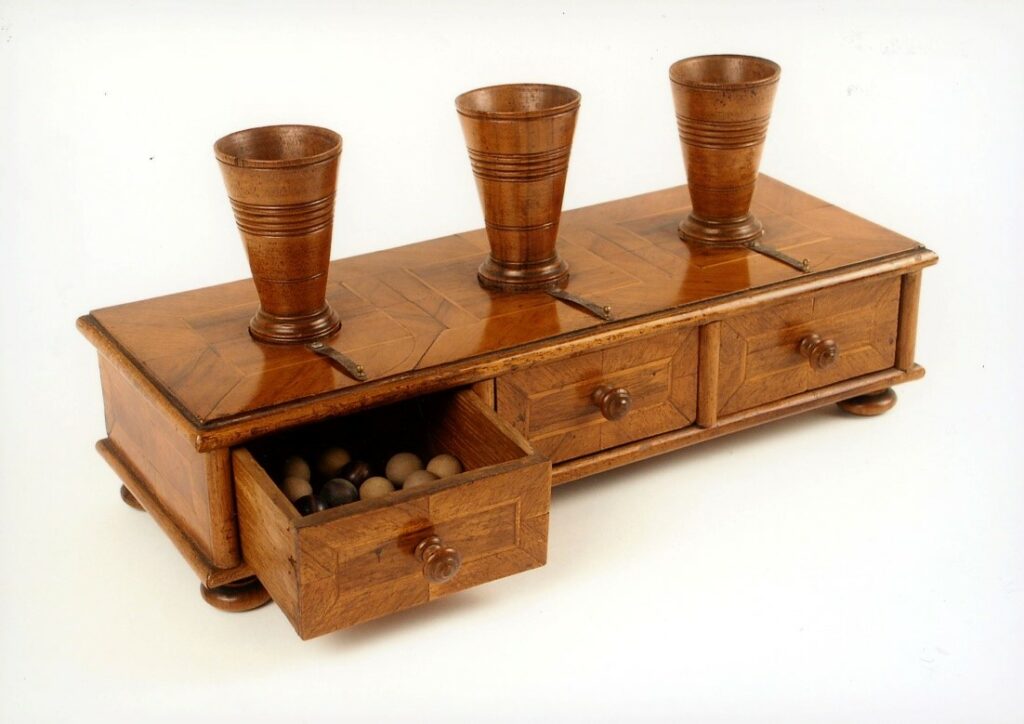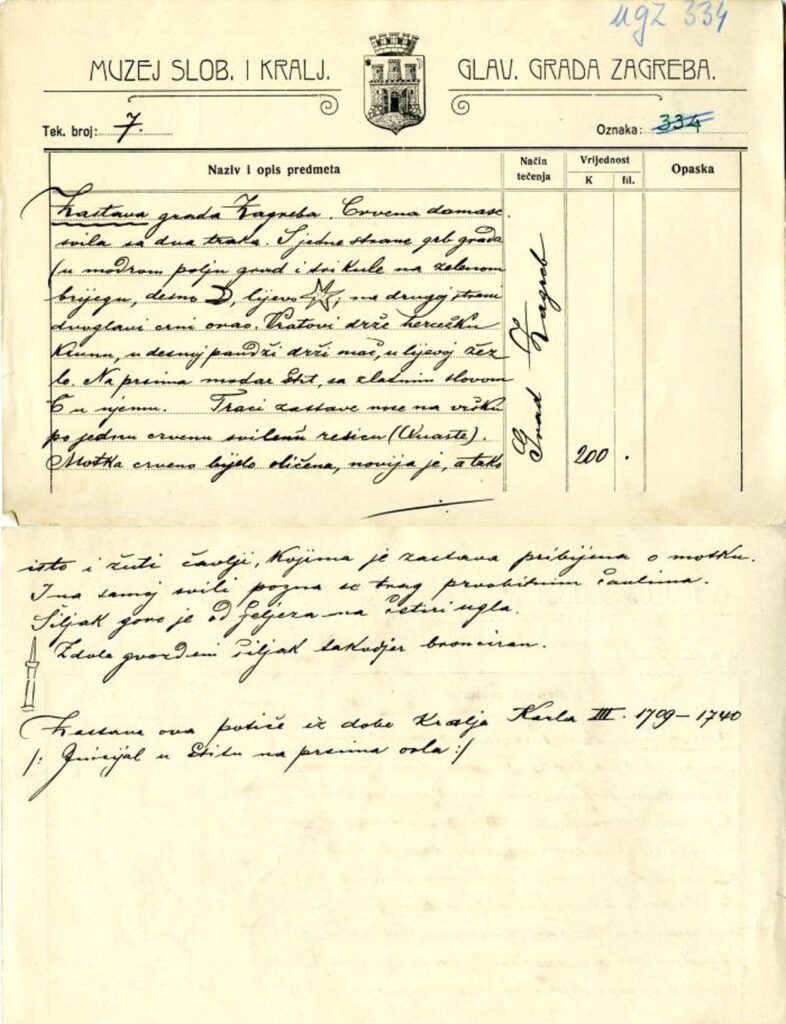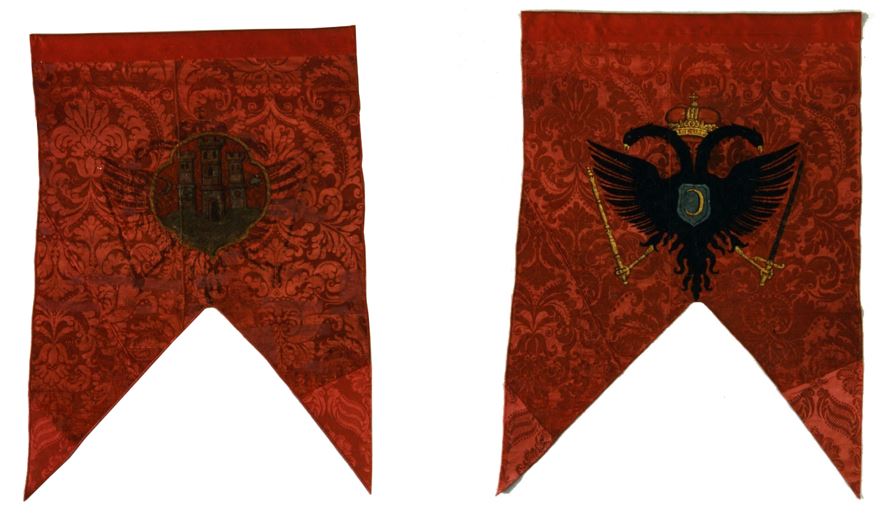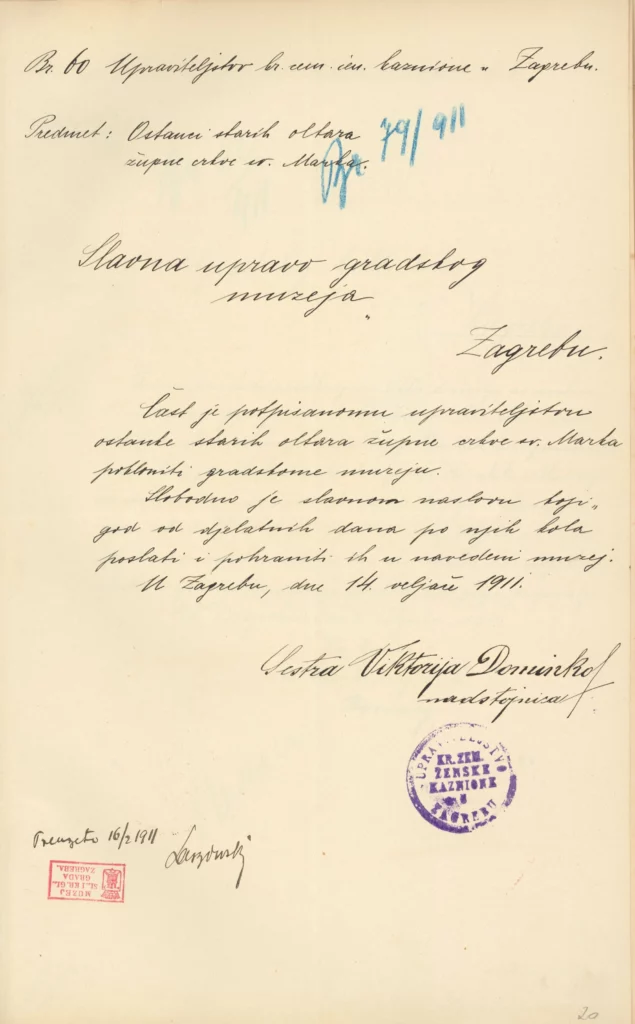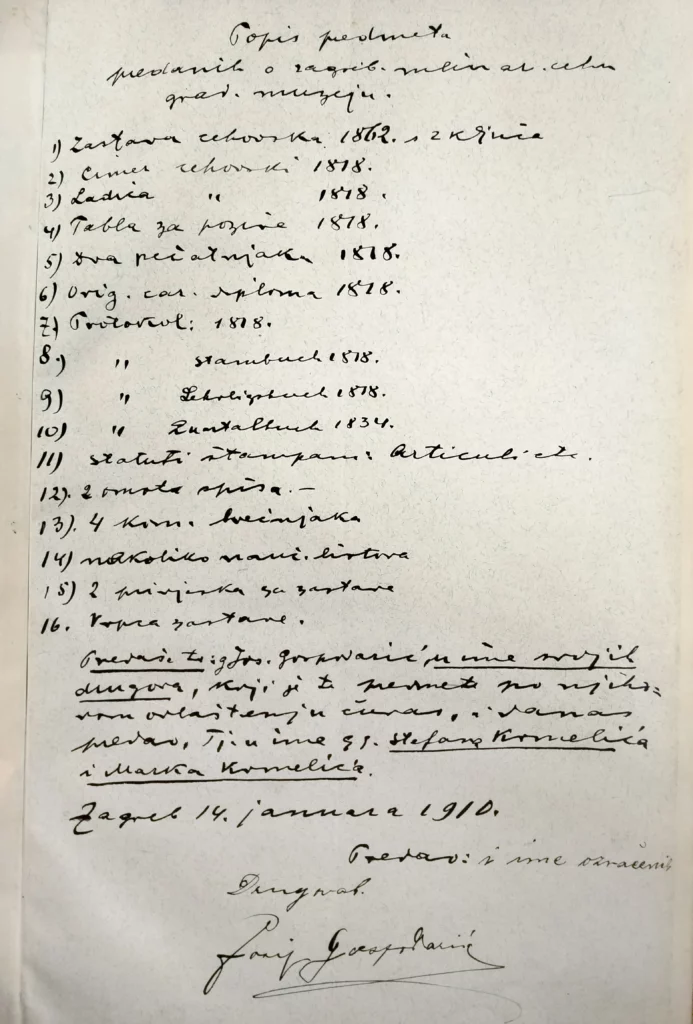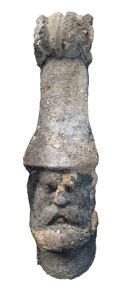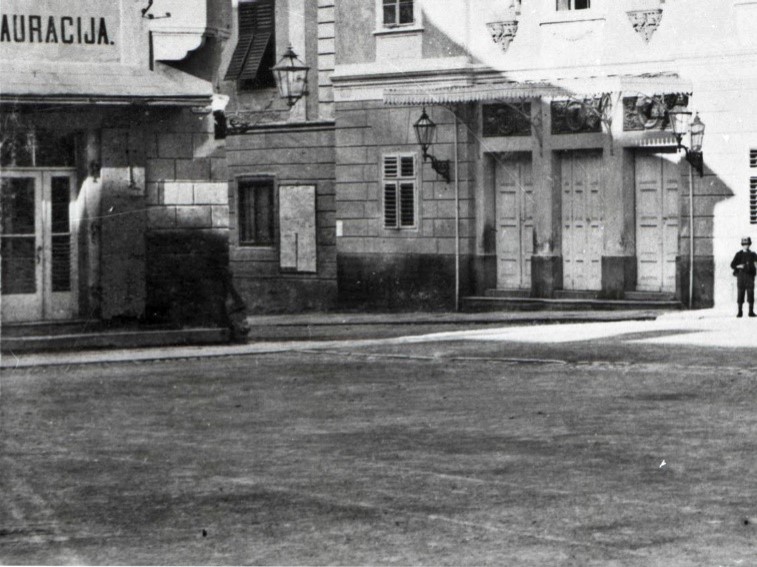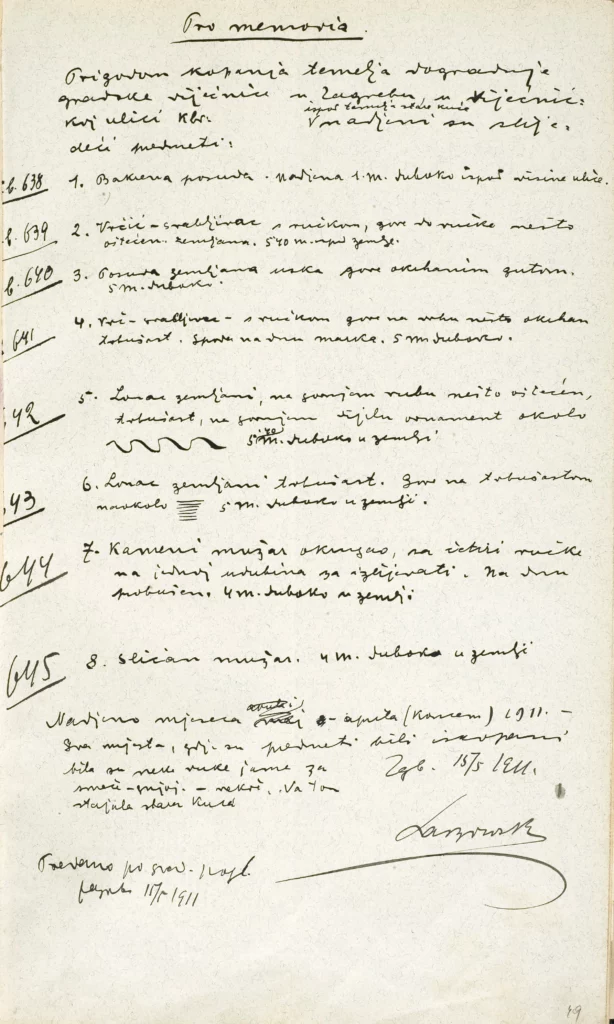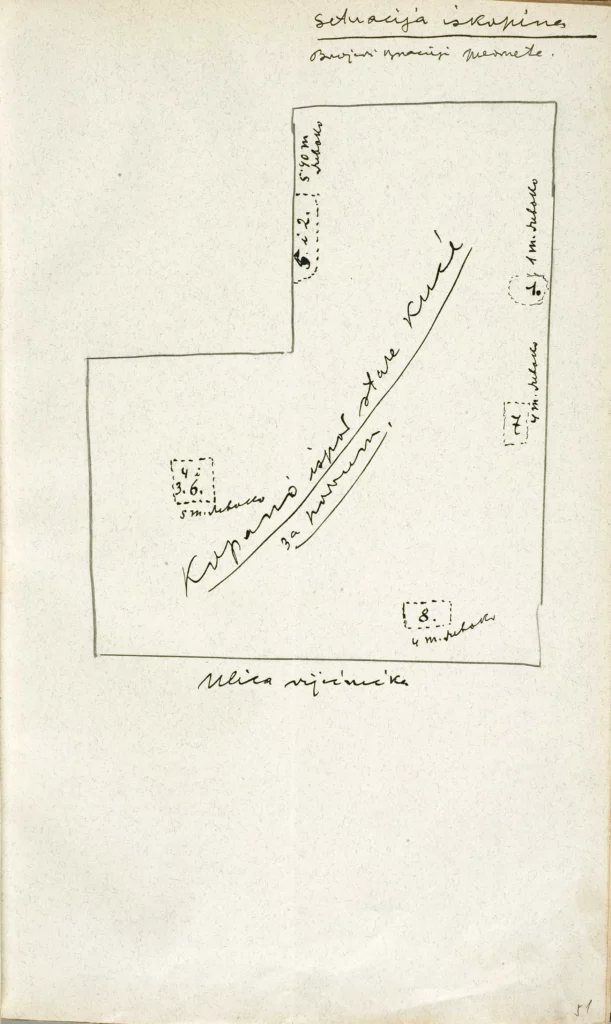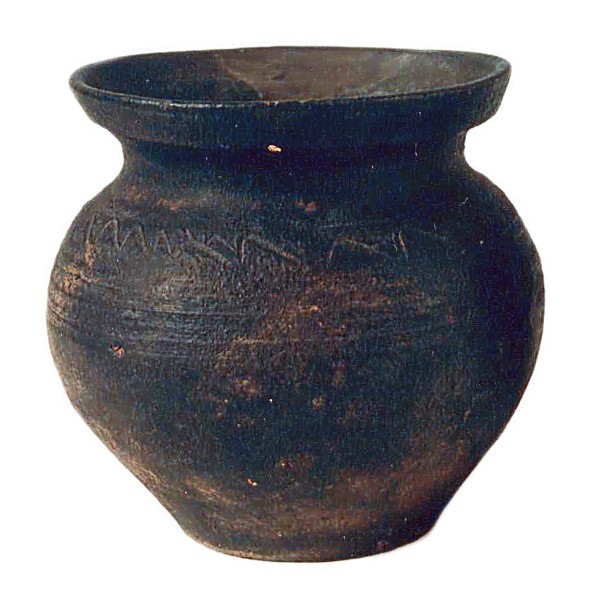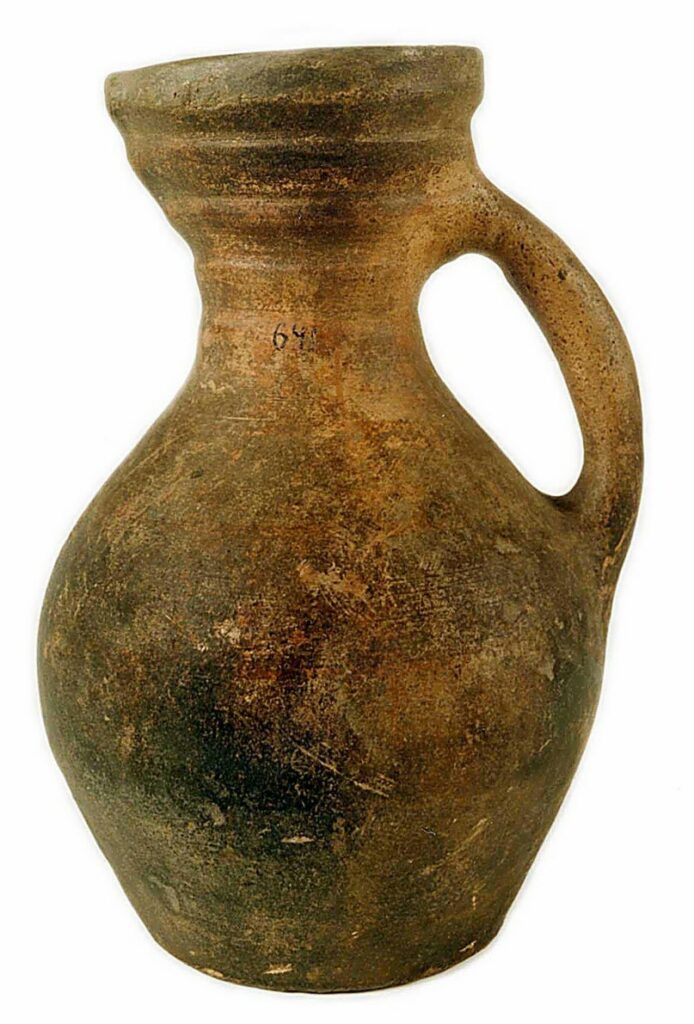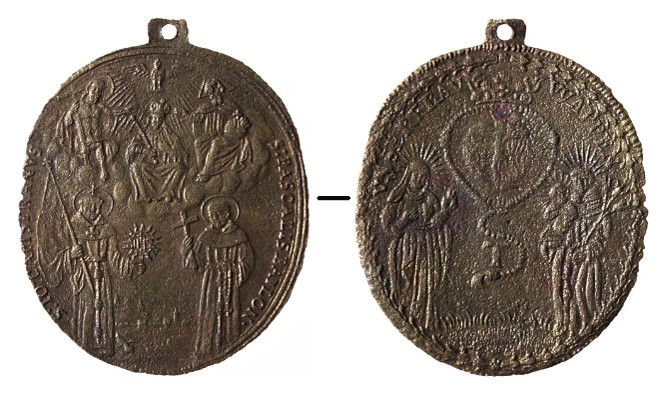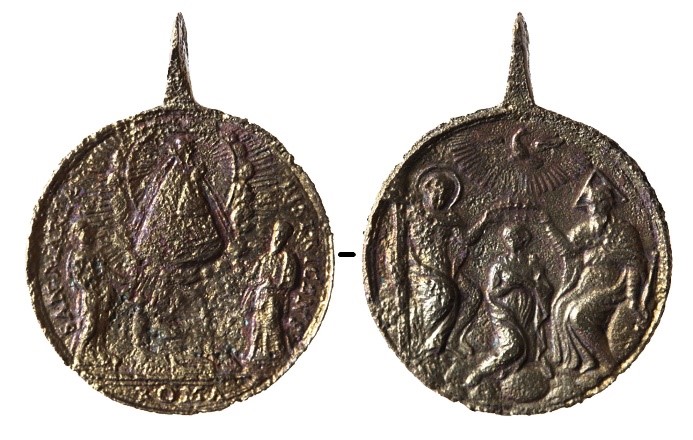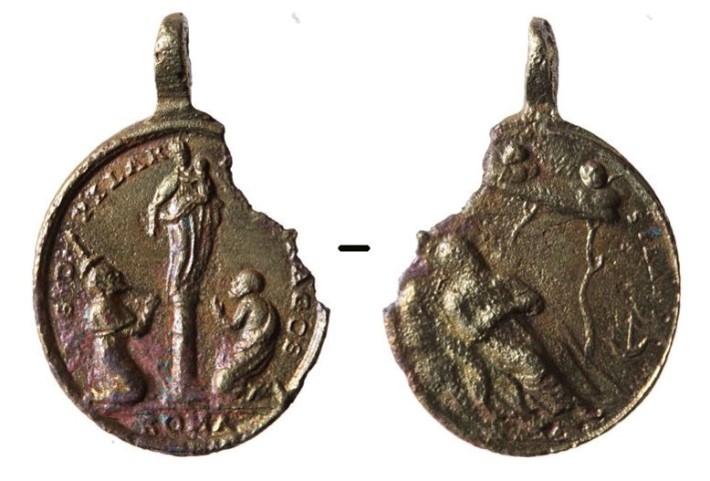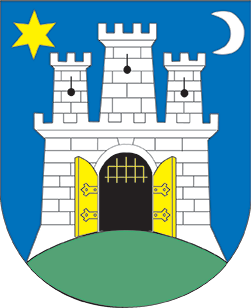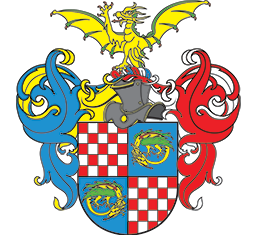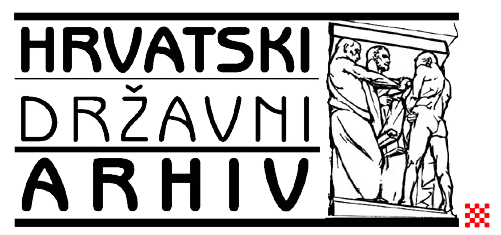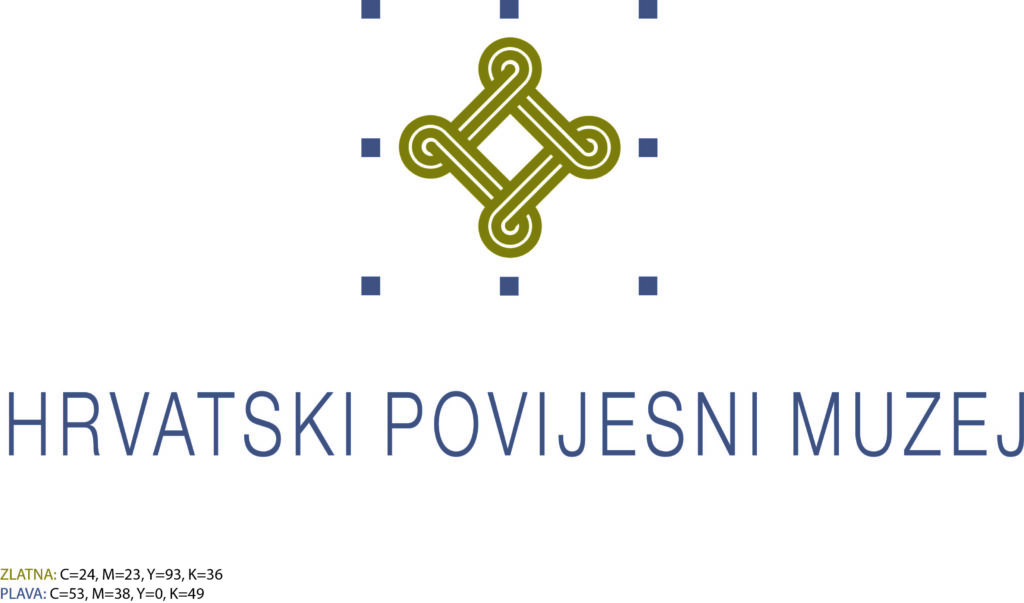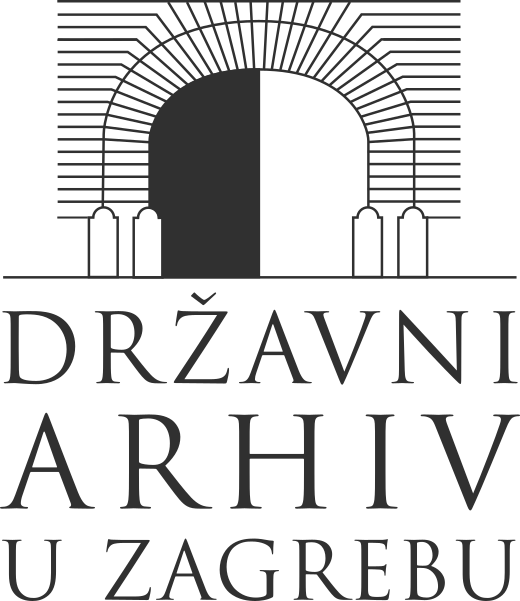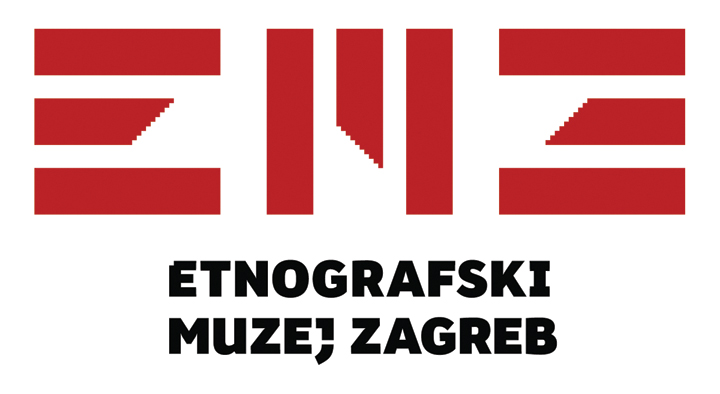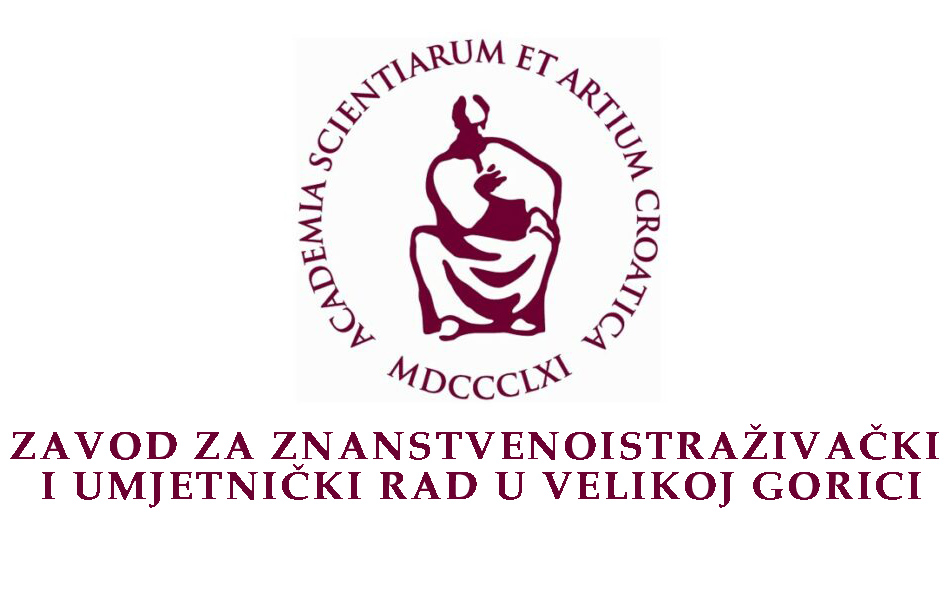6. How did I collect objects?
Emilij Laszowski became the head of the museum and his first task was to preserve the local cultural legacy by collecting and safekeeping of the heritage at the museum. Collecting objects at the beginning of the 20th century was not significantly different from today’s acquisitions, which are largely based on gifts from citizens or donations of collections, and to a lesser extent on purchases. Donations from museum aficionados, friends and acquaintances, as well as donations from citizens who considered the museum part of their personal history and identity, are the result of active cooperation between museum experts and citizens. Laszowski was aware of the need to musealise Zagreb’s history but also everyday life. He was one of the first benefactors and he included his friends and acquaintances as well. In the wake of modern museology and participatory approach, he sensitized and engaged people of Zagreb towards establishment of a museum and formation of its holdings.
6.1. Donations for the new museum
Directly after the establishment of the museum and library, the first donations began to arrive. In an effort to make the citizens of Zagreb stakeholders of the museum and increase the collection of the materials, a proclamation was written, signed by the president Emilij Laszowski and secretary Stjepan Širola, An invitation and a plea for donations of books for the library and objects significant for the culture and history of the city of Zagreb for the city museum. The invitation stated types of objects that would be collected, that is, collections that would be formed in the museum, following the model of the Vienna Museum, which Laszowski had visited and studied in June 1907.
While the adaptation works of the premises above the Stone Gate were in progress, people could bring their donations to the home addresses of the signatories of the invitation: Velimir Deželić, Stjepan Širola and Emilij Laszowski. In addition to Laszowski’s home address, at Visoka ulica 4, benefactors could also bring materials to the Royal State Archives, Emilij Laszowski’s place of work.
A specially written request for donations was also sent to a number of individual addresses of literary societies, corporations and private individuals. The invitation and the plea addressed to the citizens were a success. Objects kept arriving and an unusually large number of objects came to the museum on September 12, 1907, which was announced in the daily newspaper. This practice of publishing the benefactors’ names was encouraging and well received and was maintained for many years.
6.1.9: Stjepan Širola’s message to Laszowski regarding a donation of objects to the museum. On September 12, 1907 Mrs. Veršec donated objects of great museal value.
Zagreb, 1907
Dear Emilij! Please send, or go to Mrs. Veršec – at St. Mark’s Square (above the pharmacy), she will give you a painting for the museum. Say that Mr. Mervar referred you to her. Regards! Štef 6 September, 1907.
HDA
6.1.13: Plan of the Veršec house at the location Opatička ulica 1 – Kamenita ulica 4
Donated by Jelka Veršec. This house was demolished during construction of the Government Palace in 1908.
MGZ
6.1.14-17: Crucified Christ, Mother of God, Saint John the Evangelist and Saint Mary Magdalene
18th century
Donations by Jelka Veršec to the city museum on September 12, 1907, published in the daily press. When receiving the donation, it was recorded that the statues had been found in a cellar (where grapes are pressed) near Jastrebarsko. It was subsequently established that the statues came from the Parish Church of St. Mark, and had been removed during the first restoration of the church in 1876 – 1882.
MGZ




6.1.14-17: Crucified Christ, Mother of God, Saint John the Evangelist and Saint Mary Magdalene
18th century
Donations by Jelka Veršec to the city museum on September 12, 1907, published in the daily press. When receiving the donation, it was recorded that the statues had been found in a cellar (where grapes are pressed) near Jastrebarsko. It was subsequently established that the statues came from the Parish Church of St. Mark, and had been removed during the first restoration of the church in 1876 – 1882.
MGZ
Emilij Laszowski was a unique donor of objects considering the number and variety of objects he donated. Emilij’s friends and “brothers” were among the first donors, the co-founder of the museum and library Velimir Deželić Sr., district head from Karlovac Franjo Šaban, director of the Royal State Archives Ivan Noble Bojničić, bookseller Mirko Brayer, painter Joso Bužan, Ljudevit Ivančan, Betika Deželić, Svetoslav Gaj, Marko Mikšić, the mayor Milan Amruš, city representative and architect August Pisačić; neighbors, i.e. residents or owners of houses in Kamenita ulica: Jelka Veršec, Vatroslav and Vjekoslav Vidović; archaeologist Josip Brunšmid, Croatian Philatelic Society and many others.
6.1.19: List of objects donated by Emilij Laszowski
Zagreb, 1907
HDA
6.1.20: Octagonal container with lid
Beginning of 17th century
A pewter dish was among the first objects that Emilij Laszowski donated to the City Museum. This octagonal container with a lid was bought in 1850 by his grandfather Filip Noble Šufflay. Emilij was probably particularly fond of this object because it reminded him of his grandfather and his beloved town of Brlog.
MGZ
6.2. With or without a grant
Aside from the donations, purchase of objects for the museum was also planned, which the City Council had announced when the museum and library were founded:
…to be able to procure objects for the museum and books for the library, in agreement with the club at the expense of the same grant, if any funds remain…
Seeing as the renovation of the premises exceeded the foreseen grants, Laszowski asked the city administration for funds to purchase objects. The sellers of objects were: merchant Schotten, locksmith Gjuro Tudji, Marko Noble Mikšić, carpenter Franjo Zavrlić, booksellers Mirko Brayer, T. Tomša, Sokol, goldsmith Franjo Turk, antique dealer Otto Adler from Krems, Gustav Horvat, Alfred Schlesinger and others.
In some cases, rescuing heritage could not wait for the legal and financial procedures, so Laszowski often used his own money to purchase objects for the museum. In some cases, he was subsequently paid money back, but in most cases, he donated the objects he purchased to the museum.
6.2.1: Tabernacle from the main altar of the Saint Mark the Evangelist
Zagreb, 17th century
Laszowski bought this tabernacle from the carpenter Franjo Zavrlić. While inquiring about the object, Laszowski found out and wrote down that Zavrlić bought it from the Women’s Penitentiary, which was a good place to search objects from the Church of St. Mark.
MGZ
6.3. Rummaging through institutions
Emilij Laszowski’ s next step towards collection of objects and preservation of the City’s heritage was to request a permission from the Mayor to inspect all premises of the City Hall and the City Administration, so he could take objects that he believed should be preserved and presented at the city museum. Besides that, he also selected objects of museum value from the premises of the Royal State Archives and included them in the museum fund.
6.3.2: Ballot box with black and white balls
Zagreb, 1st half 19th century
MGZ
6.4. Committed collector
Seeing as he was circulating among a large number of people, maintained acquaintances and friendships, served on various committees and was a member or honorary member of many societies, Laszowski learned information about objects that had great museum value and that spoke of the history of the City and its people. With great personal commitment, fighting heartily for the preservation of heritage and using his best skill – writing, he sent letters and tried at all costs to preserve objects – the witnesses of Zagreb’s history and culture. This active approach to collection of objects resulted in collected and preserved objects that surely would have been lost forever without this kind of involvement. Thus, after learning that church antiquities from the Church of St. Mark were found in the attic of the Women’s Penitentiary at Savska cesta, Laszowski took all the necessary steps to place those objects in the museum.
He actively collected objects related to guilds and tried to bring them to the museum at any price. In his letters he points out that the objects do not necessarily need to be the property of the museum, but that they should certainly be preserved and made publicly available.

6.4.4: St. Luke the Evangelist from the pulpit of the Church of St. Mark
18th century
MGZ

6.4.5: St. Mark from the main altar from the Church of St. Mark
18th century
MGZ

6.4.6: St. Paul from the main altar from the Church of St. Mark
18th century
MGZ
6.5. Disappearing vistas
Due to his sensibility for architectural heritage and because of the time in which he lived – the era of renovation and construction of Zagreb – Laszowski tried to preserve the architectural elements of houses and buildings that were being demolished and parts of vistas that were vanishing. Even when he was absent from Zagreb due to his frequent professional trips, his concern about collecting objects never ceased. While he was on his trip to Kostnice in August 1907, Emilij Laszowski sent a letter to his brother and co-founder of the museum in which he pleaded him:
Dear Velimir, please take care of the following: If the Maximović house is already undergoing demolition, go immediately to the City advisor Pisačić and ask him to give the stone from the door of that house with the year 1715 engraved for the City Museum, do not miss it???
Thanks to Laszowski, that piece of stone, with the engraved year, as well as other ornamented stone pieces and columns made their way to the museum where they were preserved, conserved and stored.
Laszowski and his brothers from the Brethren also preserved the corner stone statue placed at the bottom of the house at the corner of St. Mark’s Square and Gospodska ulica (today it is called Ćirilometodska ulica). According to the legend, the statue portrays the head of Matija Gubec, leader of the peasant revolt of 1573. The “Brethren of the Croatian Dragon” Society assumed the obligation to create and place a replica on that house, but at a height that would prevent its damage. Sculptor Vatroslav Drenski was entrusted with creating a replica of the statue and the original statue was handed over to the City Museum on November 22, 1913. Recognizing the value of this monument and the citizens’ interest in it, Laszowski published two articles on this topic in Hrvatski zmaj in 1917 and 1918.
6.6. Deliver objects found in the ground to the museum
Laszowski tried to preserve the objects found in the excavations of the city grounds with special attention. In addition, he tried to raise public awareness about the value of such objects and the need to preserve not only the objects but also information about the objects, primarily the place where they had been found. Among the first museum objects of the City Museum that were found buried in the ground was a key (donated in March 1909), a very rusty iron one, which, as written by Laszowski, was found at Zrinski Square buried 1.5 m below the ground. The clay water pipes excavated in St. Mark’s Square arrived at the museum on September 3, 1910. For other objects found during excavation of foundations or construction of extensions to buildings, he tried to record the time of excavation, as well as the depth or position at which the objects were found. Thus, on September 20, 1911, Laszowski himself donated to the museum a fragment of a sword, for which he wrote that it was found buried 1 m below the ground during excavation of a fountain at the Jesuit Square in 1911. Thanks to Laszowski, the City handed over objects found during the expansion of the City Hall in Vijećnička ulica in 1911 to the Museum. Along with detailed information, Laszowski also made a sketch of the findings of those objects, with numbers written in places where each object was found. This sketch is the first archaeological documentation drawing of the City Museum. Prompted by the systematic neglect of such valuable findings, Laszowski sent a letter to the Mayor Janko Holjac in which he appealed him to issue a circular that would ensure that the objects found in the ground were delivered to the City Museum or City departments, which would forward them to the museum.
Zagreb, 1 June, 1911
To the Honourable gentleman
Janko Holjac
the Mayor of the Free and Royal Capital of Zagreb
in Zagreb
During demolition of old houses and digging of foundations, over time a large number of objects were found on the city territory, which are of immeasurable value for the history and old culture of the city of Zagreb. We would especially like to emphasise the archaeological findings found during digging of the foundations of the government palace and the town hall extension. The latter are all the more impressive because, according to experts, they are ancient Roman
Unfortunately, no attention is paid to such findings, so they fall into disrepair or do not come to the place where they should belong: to the city museum. Most of them are thrown away or fall into unsought hands.
Therefore, we ask Your Honour to issue a circular to all construction companies in Zagreb, which would urge them to take care of all antiquities found during demolition of houses, digging of foundations of canals, etc., and to hand them over immediately either directly or through the city administration to the city museum. In particular, companies should instruct their experts and workers to pay particular attention to, when demolishing houses and old houses: architectural objects, inscriptions, (stone gateposts, old locks, doors, etc.).
When digging a foundation, watch out for excavated objects, regardless of whether they are made of metal or clay, wood or stone. Especially watch out for any coins found. In general, any unusual findings should be reported immediately to the city museum or the city authorities.
We would certainly recommend that every old house is photographed before it is torn down. In this regard, we ask that the city construction department is called to report any demolition of old houses to the administration of the city museum, which will conduct surveys and make necessary recordings.
Knowing that Your Honour strives in all matters for the progress of the city museum and as intensive work in the field of examining the past of our capital as possible, we are convinced that our request will achieve its goal.
This is a request from a patriotic soul, addressed to a patriot who is willing and able to appreciate and implement any such endeavour.
Loyal to Your Honour
Brethren of the Croatian Dragon
Grand Maister
Laszowski (signature)
During lowering of the floor in the building that was next to the Church of St. Mary at Dolac, an entrance to a tomb was discovered. Through mediation of Emilij Laszowski, the objects found in the tomb, medals of saints, pilgrimage medals, pieces of jewellery… were brought in and preserved at the city museum. Laszowski wrote about this in the annual report:
We find it important to call attention to the gift of the City of Zagreb, i.e. the finding, which was discovered in an old tomb behind the church of St. Mary…
On the item card of one of the objects it is stated:
A tomb discovered on March 6, 1913 in the building behind the church of St. Mary’s at Dolac, where a funeral home was once located. The tomb was bolted and stairs led below. About 60 skeletons (skulls and bones) were found. The tomb is now buried up. The bones were transferred to Mirogoj.
6.6.10: Pilgrimage medal from the Unserfrau shrine
Unserfrau, circa 1700
MGZ



